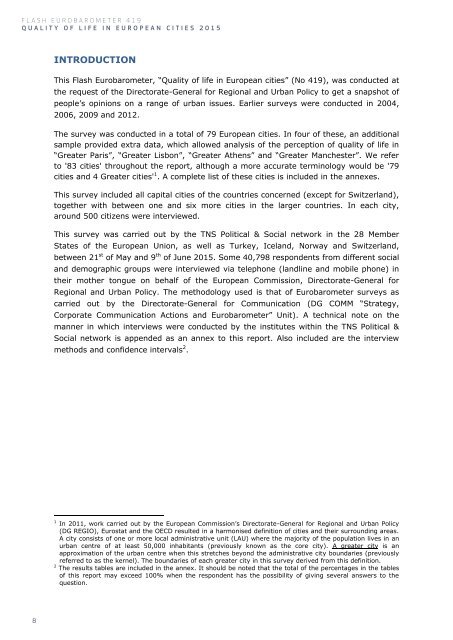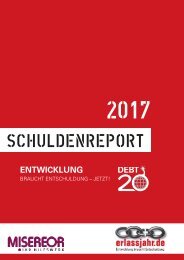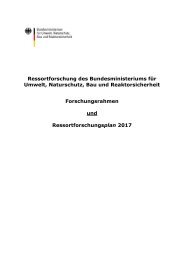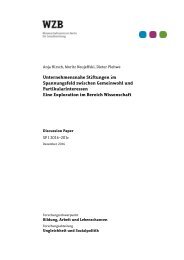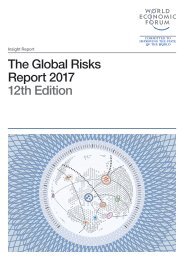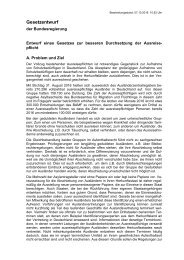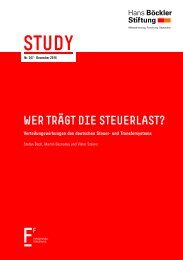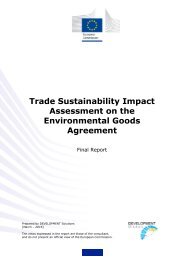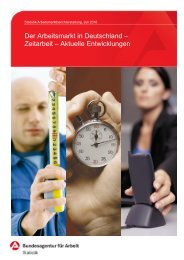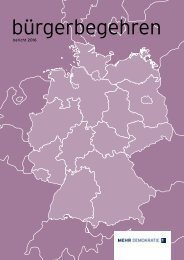7Y4TVfe9r
7Y4TVfe9r
7Y4TVfe9r
Create successful ePaper yourself
Turn your PDF publications into a flip-book with our unique Google optimized e-Paper software.
Flash Eurobarometer 419<br />
Quality of Life in European Cities 2015<br />
INTRODUCTION<br />
This Flash Eurobarometer, “Quality of life in European cities” (No 419), was conducted at<br />
the request of the Directorate-General for Regional and Urban Policy to get a snapshot of<br />
people’s opinions on a range of urban issues. Earlier surveys were conducted in 2004,<br />
2006, 2009 and 2012.<br />
The survey was conducted in a total of 79 European cities. In four of these, an additional<br />
sample provided extra data, which allowed analysis of the perception of quality of life in<br />
“Greater Paris”, “Greater Lisbon”, “Greater Athens” and “Greater Manchester”. We refer<br />
to '83 cities' throughout the report, although a more accurate terminology would be '79<br />
cities and 4 Greater cities' 1 . A complete list of these cities is included in the annexes.<br />
This survey included all capital cities of the countries concerned (except for Switzerland),<br />
together with between one and six more cities in the larger countries. In each city,<br />
around 500 citizens were interviewed.<br />
This survey was carried out by the TNS Political & Social network in the 28 Member<br />
States of the European Union, as well as Turkey, Iceland, Norway and Switzerland,<br />
between 21 st of May and 9 th of June 2015. Some 40,798 respondents from different social<br />
and demographic groups were interviewed via telephone (landline and mobile phone) in<br />
their mother tongue on behalf of the European Commission, Directorate-General for<br />
Regional and Urban Policy. The methodology used is that of Eurobarometer surveys as<br />
carried out by the Directorate-General for Communication (DG COMM “Strategy,<br />
Corporate Communication Actions and Eurobarometer” Unit). A technical note on the<br />
manner in which interviews were conducted by the institutes within the TNS Political &<br />
Social network is appended as an annex to this report. Also included are the interview<br />
methods and confidence intervals 2 .<br />
1 In 2011, work carried out by the European Commission’s Directorate-General for Regional and Urban Policy<br />
(DG REGIO), Eurostat and the OECD resulted in a harmonised definition of cities and their surrounding areas.<br />
A city consists of one or more local administrative unit (LAU) where the majority of the population lives in an<br />
urban centre of at least 50,000 inhabitants (previously known as the core city). A greater city is an<br />
approximation of the urban centre when this stretches beyond the administrative city boundaries (previously<br />
referred to as the kernel). The boundaries of each greater city in this survey derived from this definition.<br />
2 The results tables are included in the annex. It should be noted that the total of the percentages in the tables<br />
of this report may exceed 100% when the respondent has the possibility of giving several answers to the<br />
question.<br />
8


